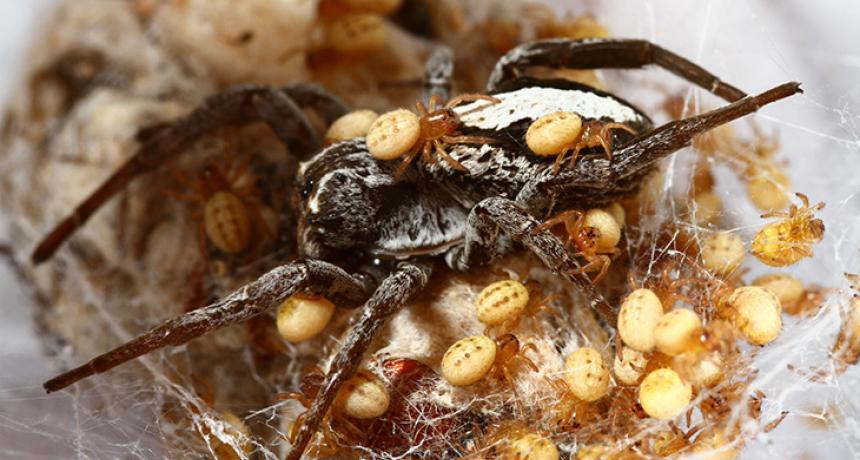arachnid A group of invertebrate animals that includes spiders, scorpions, mites and ticks. Many have silk or poison glands. Arachnology is the study of these animals.
brood A family of animals produced at one hatching or birth. Also, a group of related animals that emerges in a specific region in the same year. Depending on the animal type, the collective group is sometimes also known as a year class.
cannibal A person or animal that eats members of its own species.
gut Colloquial term for an organism’s stomach and/or intestines. It is where food is broken down and absorbed for use by the rest of the body.
Homo A genus of species that includes modern humans (Homo sapiens). All had large brains and used tools. This genus is believed to have first evolved in Africa and over time its members continued to evolve and radiate throughout the rest of the world.
innards Slang term for internal organs, such as the stomach and intestines.
liquefaction The process of turning a solid into a liquid, often through some chemical process.
mass A number that shows how much an object resists speeding up and slowing down — basically a measure of how much matter that object is made from.
organ (in biology) Various parts of an organism that perform one or more particular functions. For instance, an ovary is an organ that makes eggs, the brain is an organ that interprets nerve signals and a plant’s roots are organs that take in nutrients and moisture.
regurgitate To bring up something from the stomach that had been swallowed but not fully digested.
shrub A perennial plant that grows in a generally low, bushy form.
silk A fine, strong, soft fiber spun by a range of animals, such as silkworms and many other caterpillars, weaver ants, caddis flies and — the real artists — spiders.
spiderling An immature spider.








